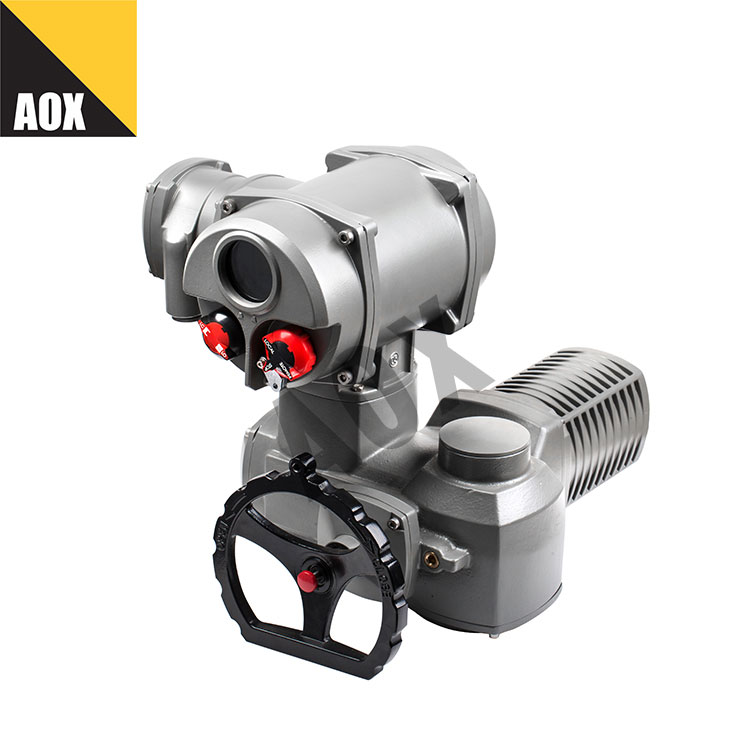How does the intelligent control system of a multi-turn electric actuator enhance its performance and efficiency?
2023-10-18
The intelligent control system of a multi-turn electric actuator plays a vital role in enhancing its performance and efficiency. Here are some ways in which the intelligent control system contributes to these improvements:
1. Precise Positioning: The intelligent control system allows for precise and accurate positioning of the actuator. It uses advanced algorithms and position feedback mechanisms to ensure that the actuator reaches the desired position with high accuracy. This precision eliminates errors and deviations, resulting in improved performance and efficiency in valve control or mechanical device operation.
2. Automated Operation: The intelligent control system enables automated operation of the actuator. It can be programmed to perform specific tasks, such as opening or closing a valve at predetermined times or responding to external signals. This automation eliminates the need for manual intervention, reduces human error, and increases operational efficiency.
3. Adaptive Control: The control system is capable of adapting to changing conditions and requirements. It can monitor and adjust parameters such as torque, speed, and position based on real-time feedback and predefined setpoints. This adaptive control ensures optimal performance in different operating conditions, improving efficiency and responsiveness.
4. Energy Optimization: The intelligent control system optimizes energy consumption during operation. It regulates power usage based on the load requirements, minimizing energy wastage. By adjusting torque and speed according to the specific application needs, the control system helps conserve energy and reduces operating costs.
5. Fault Detection and Diagnostics: The control system includes built-in fault detection and diagnostics capabilities. It continuously monitors the actuator's performance and can detect abnormalities or malfunctions. When a fault is detected, the control system can provide real-time notifications or alerts, enabling prompt troubleshooting and maintenance. This proactive approach helps minimize downtime and optimize overall system efficiency.
6. Communication and Integration: The control system of an intelligent multi-turn electric actuator facilitates communication and integration with other automation systems. It can interface with PLCs, SCADA systems, or other control networks, allowing for centralized control and coordination. Seamless integration enables efficient data exchange, remote monitoring, and system-wide optimization, enhancing performance and efficiency.
7. Data Logging and Analysis: The control system can log operational data, such as torque, speed, and position, for analysis and performance evaluation. This data can be utilized to identify trends, optimize settings, and predict maintenance needs. Analyzing the data helps identify potential bottlenecks, inefficiencies, or opportunities for improvement, resulting in enhanced performance and efficiency.
8. User-Friendly Interface: The intelligent control system incorporates a user-friendly interface, such as an LCD display or intuitive control panel. This interface allows operators to easily configure and monitor the actuator's settings. By simplifying operation and providing clear information, the user-friendly interface contributes to improved performance and efficiency.
Overall, the intelligent control system of a multi-turn electric actuator optimizes performance and efficiency by enabling precise positioning, automation, adaptive control, energy optimization, fault detection, communication and integration, data analysis, and user-friendly operation. These enhancements result in a more efficient and responsive actuator system, benefiting various industrial applications.



